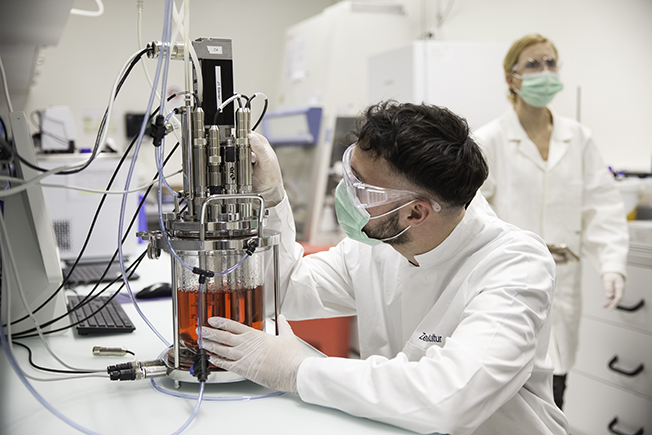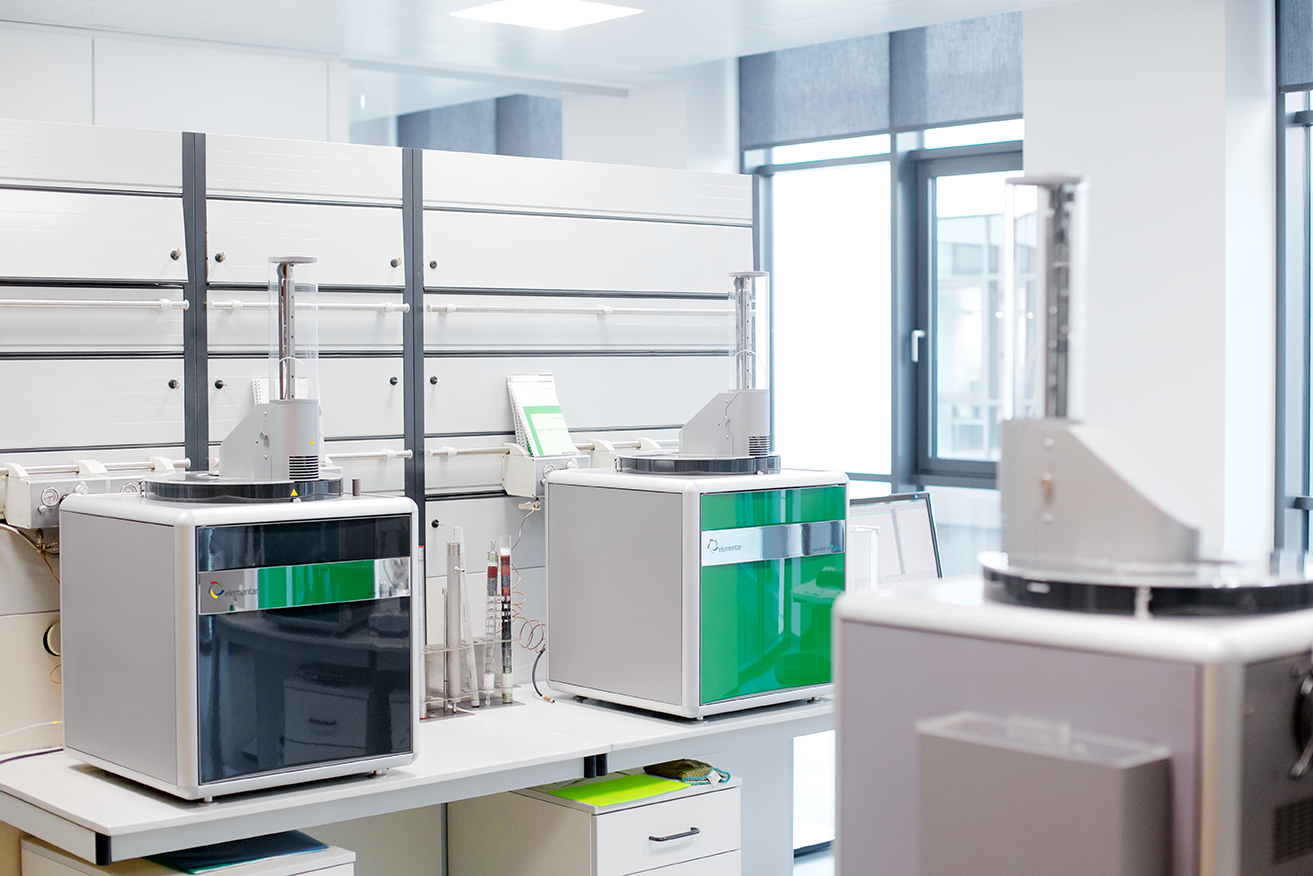

Building a new ecosystem and unlocking tomorrow’s food and drink experiences
Alexandre Bastos, Head of Front End Innovation, Givaudan Taste & Wellbeing, explains how – by harnessing its own exclusive research data along with new technologies and the power of AI – the company is imagining a future of food that offers healthy and satisfying options for consumers while staying within planetary boundaries
Consumers’ purchasing decisions are shaped by their social environment, awareness of health and wellbeing, and wider megatrends. Whether it’s the rising cost of living, shifting politics or the ongoing threat of climate change, all of these factors impact people’s behaviors, values and even taste preferences.

Givaudan Taste & Wellbeing recently partnered with leading insight agency, Canvas8, to produce its latest FlavourVision report, which uncovered five critical trends driving consumers’ choices in food and drink. Firstly, there was a focus on eco-actions and restorative care. It also found that consumers valued stable connections through hyper-local and self-first perspectives, as well as a desire for a ‘sensorial renaissance’ and more intense sensory experiences. Finally, the report found that people valued augmented assistance – more proactive and personalized digital tools for life optimization.
The report’s findings align with GlobalData’s 2022 Consumer Survey Insights, which identified health and wellness as a primary focus. Today’s consumers are increasingly health-conscious and keen to reduce their sugar and salt intake without sacrificing sensory pleasure. At the same time, exciting taste profiles are enticing consumers to embrace new experiences, pushing the boundaries of traditional foods. Taste is the key that unlocks the potential of foods to be both nourishing and indulgently satisfying. According to Mintel’s research, for instance, 37% of snack enthusiasts believe distinctive flavors can transform healthier snacks into something truly special, highlighting the demand for a harmonious blend of taste and health benefits.
The global landscape is also evolving, with international tastes from Latin and Asian cuisines leading the charge. The rich sweetness of churros, the creamy complexity of dulce de leche, the earthy depth of turmeric, and bold, spicy Korean barbeque are capturing imaginations worldwide. Meanwhile, classic flavors are enjoying a revival; the tangy zest of citrus, the exotic sweetness of fruits such as passion fruit, guava, yuzu, and the subtle, refreshing taste of prickly pear are gaining renewed appreciation among consumers.
The challenge of anticipating future food experiences
Food and drink brands not only need to create new experiences that do good and feel good – for body, mind and planet – but they also need to anticipate market trends if they want to stay ahead of their competitors.

At the same time, food and beverage brands face the critical challenge of shortening production times to meet rapidly changing consumer preferences and intense market competition. This demand for speed is compounded by the need for extensive research and consumer testing, which traditionally takes time. Producers are under pressure to innovate quickly and efficiently yet must ensure that new products resonate well with diverse consumer bases. When launching new foods, timing is often as crucial as the product itself.
Harnessing data and new innovative technologies
Understanding and responding to consumer preferences has never been more important, but there’s often a gap between what consumers say and their actual experience and behavior. Traditional consumer research methods are based on self-reporting and can be unreliable due to memory biases and retrospective recollection. These issues can be minimized by integrating both implicit and explicit data collection, offering a more accurate representation of consumer experiences.
Recent technological developments can help identify new and unique flavors and tastes for consumers and also explore new ways of capturing the ‘essences’ of food and drink
The entire food and drink industry is now moving to digital transformation as new technology opportunities challenge core processes and unlock new opportunities. In fact, recent technological developments can help identify new and unique flavors and tastes for consumers and also explore new ways of capturing the ‘essences’ of food and drink. The food industry is now utilizing technology to identify the ‘uniqueness’ or profile of certain foods – for example, what makes a particular food ‘rich’, or what consumers would define as ‘fresh’. Manufacturers can now capture and deliver better quality and more intense experiences for consumers. Modern neuroscience approaches, such as the TBox platform created by Thimus, can unlock food emotions and offer new insights into the consumer mind. Working in collaboration with Givaudan, the TBox platform provides an integrated collection of explicit and implicit data for exploring how humans experience food. By having participants wear a headset during taste tests, it records brain signals, which are then processed by validated algorithms to measure four key mental states including: frontal asymmetry; engagement; cognitive workload; and relaxation. This tool uses proprietary software and a cloud-based database to deliver previously unavailable or unreliable insights.
.jpg)
Technology at the service of alternative proteins
All of these advances can be used to improve alternative meat and dairy experiences using a multi-faceted approach that combines technology and human expertise. Using this knowledge, Givaudan has created masking technologies to neutralize undesirable flavors, developed specific flavor enhancers, and created taste profiles that mimic traditional meats. With an expanded portfolio, the company is able to round out the full eating experience by enhancing mouthfeel, color, and visual appeal, while reducing salt and sugar content.
Givaudan is also using its full array of tools to imagine future scenarios related to dairy alternatives, considering factors such as perception, trade, and supply chain stability. One scenario, ‘Siloed Heroes’, envisions a more mature dairy alternative industry with local sourcing and diverse regulations governing the production and distribution of dairy alternatives, ensuring safety and quality standards are met. The focus on nutrition, taste, and sensory experiences remains critical, with the industry striving to provide products that not only mimic the qualities of traditional dairy but also offer a delightful and satisfying eating experience.
Givaudan’s global innovation ecosystem enables the company to meet customer and consumer needs both now and in the future. By combining new technologies with internal and external human expertise, the company is co-creating winning meat and dairy alternatives that satisfy consumer expectations.
For more information visit www.givaudan.com
If you have any questions or would like to get in touch with us, please email info@futureofproteinproduction.com


%20ILVO%202.jpg)

.png)

